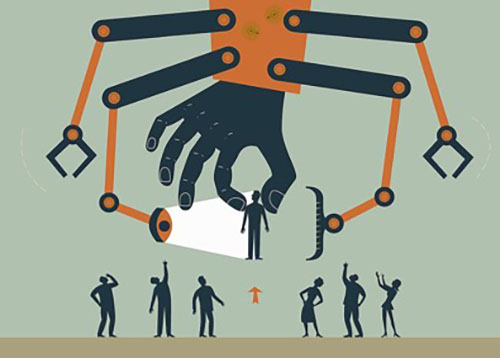A duplicate payment is much more than an inconvenience or an annoyance. It costs money. According to one report, a small or mid-sized business could throw away as much as $12,000 a month due to duplicate payments. It’s fair to assume that the number is far larger for bigger businesses.
It goes without saying that you should avoid duplicate payments as much as possible. But with so much on your plate and with so little time, what can you do to keep a more watchful eye on these errors?
First, Understand How Duplicate Payments Occur
The starting point to reduce and prevent duplicate payments in your organization is to know where they start. And the short answer to that is they come from numerous sources.
Human Error
Duplicate payments often arise due to human error. Even the most seasoned accountants can make mistakes entering invoice data, due to stress, fatigue or glitchy software. To make matters worse, many organizations lack the systems needed to catch such errors.
Human error attributed to duplicate payments also occurs at higher rates during times of change. Mergers, acquisitions and restructuring of departments can cause disruptions in how employees manage files and data. Therefore, information can easily get lost in translation.
Fraudulent Activity
Unfortunately, employees within an organization may commit fraud. This is certainly true if the duplicate payment is channeled to an account owned by an employee. This is a more rare cause of duplicate payments, but when fraud is the case, the signs of multiple invoices will look a bit different than those due to human error.
Poor Analytics Infrastructure
Every organization needs an “extra set of eyes” that catches mistakes, because people are imperfect. That’s where technology comes in. Unfortunately, many companies simply do not invest money and time into a system that can help them detect payment errors.
The result? Duplicate payments and other mistakes may occur and continue for years before business owners and employees notice that their numbers are off or that significant dollars have been lost. This often translates into tens or hundreds of thousands of dollars being lost, if not more.
Second, Address It With Technology
Thorough training and a streamlined workflow are essential to helping employees key in the correct information. But where human senses fall short, technology can pick up. In the case of duplicate payment prevention, data analytics tools can quickly and effectively filter out invoices that appear in a system more than once.
The GLAnalytics software solution provides a specific set of analytics that identify possible duplicate payments. The software also allows the user to set thresholds to define the size of payments you are looking for. This includes info such as invoice amounts, invoice dates and invoice numbers.
Once the thresholds are set, users can quickly run a report to see if invoices are appearing more than once. Assuming the department conducts regular reports, they can spot discrepancies fast and respond if there is a matter of concern.
GLAnalytics solves the issue of data integrity issues that cost real money and regularly go undetected.
Benefits of Data Analytics to Spot Payment Duplication
- Finds duplicate payments and other data inconsistencies faster
- Removes labour-intensive processes typically needed to investigate data errors
- Reduces costs associated with large-scale inquiries
- Allow for proactive reporting which lowers the chances of major payment duplication
Double the Speed at Which You Catch Duplicate Payments
Every business owner and employee wants to do their jobs with speed and efficiency. The same goes for entering data related to invoices and payments. But it’s important to look at the other side of the topic, and that’s finding errors – because they will happen. Even with preventative measures.
With a robust data analytics tool like GLAnalytics, you will give your organization a digital safety net. With regular reporting, you can catch duplicate payments before they mushroom into larger financial woes.




